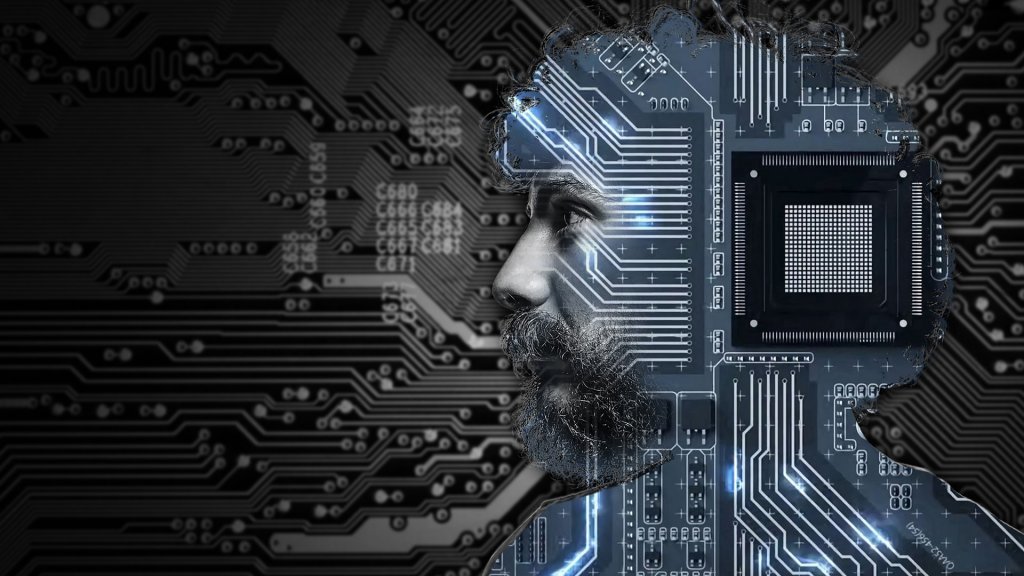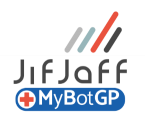Intelligent Automation and automation without decision making capability (RPA) is a fundamental part of a Digital Workforce. In 2021, people shouldn’t be required to manage and use IT to the same level as they have done for many years. In the past, we use our computers and the software on them to “work”, but now we can use automation to manage that work.
 For the first time software (robots/ Intelligent Automation) can replicate how we interact with email, databases, the internet and pretty much any application that we use to run our business. Automation robots are programmed to follow the commands required to (for example) read or generate reports, read and process emails. They can move information, develop or review contracts, manage invoicing generation/processing, reconciliation. Robots are easily capable of on/off-boarding of people and much more. Intelligent Automation (IA) is a combination of Robotic Process Automation (RPA) and artificial intelligence. Adding AI to RPA – new acronym IA (intelligent automation) means the bots have some decision-making capability. Pre-defined workflows or learned behaviour means the bot can make a decision—your digital workforce has the ability to manage structured and unstructured workflows, and a variety of jobs.
For the first time software (robots/ Intelligent Automation) can replicate how we interact with email, databases, the internet and pretty much any application that we use to run our business. Automation robots are programmed to follow the commands required to (for example) read or generate reports, read and process emails. They can move information, develop or review contracts, manage invoicing generation/processing, reconciliation. Robots are easily capable of on/off-boarding of people and much more. Intelligent Automation (IA) is a combination of Robotic Process Automation (RPA) and artificial intelligence. Adding AI to RPA – new acronym IA (intelligent automation) means the bots have some decision-making capability. Pre-defined workflows or learned behaviour means the bot can make a decision—your digital workforce has the ability to manage structured and unstructured workflows, and a variety of jobs.
What does this mean in reality for our business? It means that you can support more parts of the company. People no longer need to do a lot of the work they do now. You give them back time or redeploy to areas where they can add more value. Automation is faster, more reliable and cost less. Adding an intelligence means they can also take on more in other intricate work that isn’t standardised. Start to make decisions on their own so add value in new places.
Implementing Intelligent Automation through an RPA COE
RPA technology works and is improving at speed. The challenge now is to make the best use of intelligent automation as part of a digital workforce. It would be best if you took this software seriously. Think about it: when you remove people, you lose knowledge and experience. Software lives in IT but will have a responsibility in Accounts or HR, so is has added responsibility. Your company needs a way of managing missed deadlines, mistakes – such as trying to pinpoint was at fault (was it IT or the team it’s supporting with automation?) Your digital workforce needs to be built through a framework, an RPA COE (centre of excellence) based on the nine pillars of automation. Operating models, team structure (digital and human), documentation, training, support, approach to implementing and continuous review of your new workforce are paramount.


